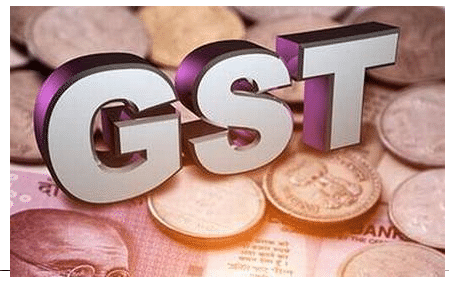GST Registration in India:
The Goods and Services Tax (GST) is a combined indirect tax policy that includes VAT, CST, Service Tax, Central Excise Duty, Entertainment Tax, and other taxes that became effective in India on July 1, 2017.
It is mandatory to register for GST if your yearly revenue exceeds INR 40/20 lakh or you offer products and services over state lines or through an e-commerce platform.
Why do you need GST Registration?
GST registration in India helps you get your firm recognized as a legitimate registrant and offers up a slew of new prospects for you. You will be more competitive than unregistered competitors since you will have legal tax registration.
Only registered GST holders can benefit from the input of GST tax paid on their purchases and save money.
GST tax is comprised of three taxes: SGST (State Tax on Goods and Services Tax), CGST (Central Goods and Services Tax), and IGST (Integrated Goods and Services Tax), the taxes that form GST Taxation Scheme.
About Central Good and Services Tax (CGST):
The Central Government of India collects this taxon supply inside the state. It is administered by the CGST Act, which implies that the CGST cannot exceed 14%. The federal and state governments will agree to integrate their taxes in an acceptable proportion to share revenues.
State Goods and Services Tax (SGST):
This tax is applied to all supplies both within and outside the state. It is assumed that the CGST and SGST are both applicable to all intra-state goods and services. Both the governments are equally benefited from the tax rate that is levied on inter-state suppliers of services and goods. SGST, as well as IGST input credit, can be used to pay for SGST liability.
Integrated Goods and Services Tax (IGST):
The Central Government of India collects this tax. This tax is applied to the movement and sale of all products and services between states. The IGST Act governs all IGST-related taxation. This group includes both manufactured and exported goods. Exports of goods and services are zero-rated under IGST, with taxes split equally between the central and state governments.
Difference between SGST, CGST, and IGST:
| Standard | CGST | SGST | IGST |
| Meaning | It was implemented by the government of central India to substitute for existing taxes like excise and service tax. | It is mandated by the state government to replace existing taxes like taxes on sales, taxon luxury, and entry tax, among others. | This tax combines the CGST with the SGST. The Central Government of India imposes it. |
| Applicable | It is only valid inside the state. | It only applies inside the state. | It is mainly applicable to interstate supply. |
| Registration | No registration will occur until the turnover exceeds 20 lakh (10 lakh in the northeastern states). | There would be no registration till the turnover crosses 20 lakh rupees. (10 lakh in northeastern states). | Any supply made outside of the state must be registered. |
| Input Tax Credit | The CGST credit is only applied to CGST as well as IGST. | The SGST credit can remit both the SGST and the IGST. | The IGST input tax credit is available for all types of GST. |
| Tax Collection | The central government is in charge of collecting CGST. | The collection of SGST is the responsibility of the state government. | The central government is in charge of collecting IGST. |
| Composition Scheme | The composition scheme benefits dealers with a turnover of up to 50 lakh rupees. | The benefit of the scheme of composition is offered to dealers who have a turnover of 50 lakhs rupees. | In the situation of interstate supply, the composition scheme is invalid. |
Conclusion:
A major difference between the three has already been defined above. However, because GST is so broad and complex, some complaints will always be unresolved.

